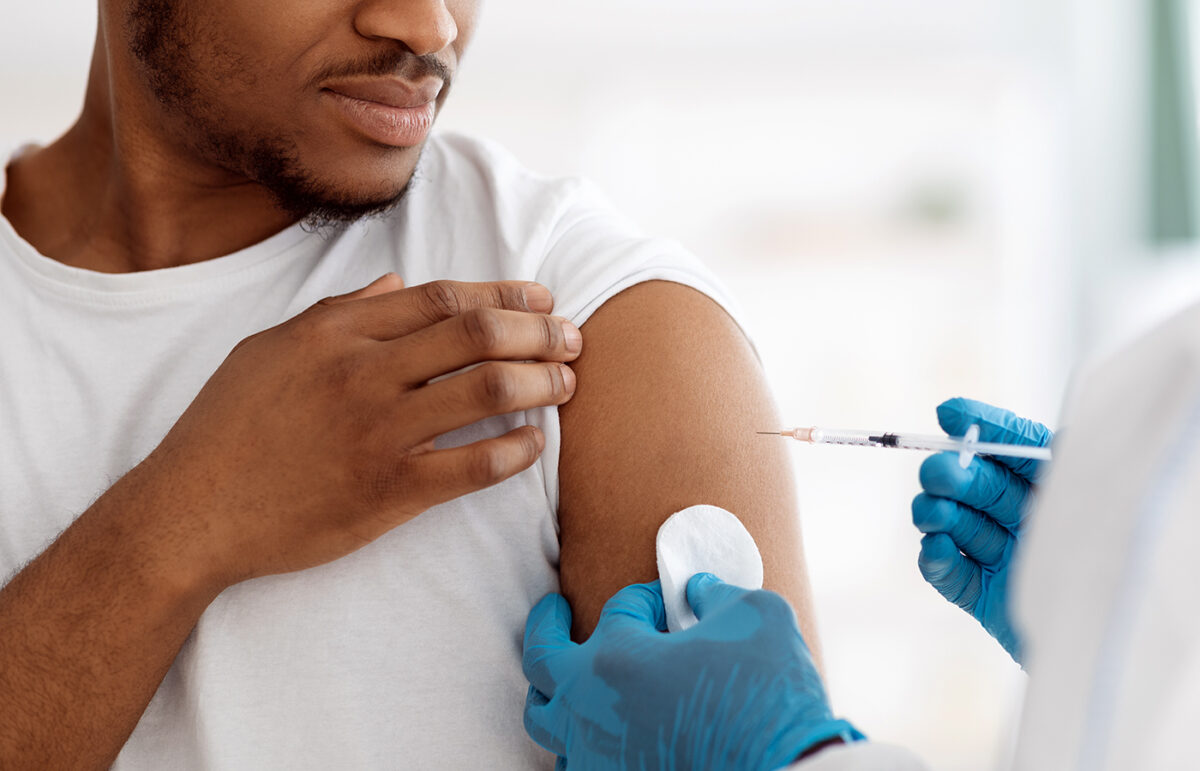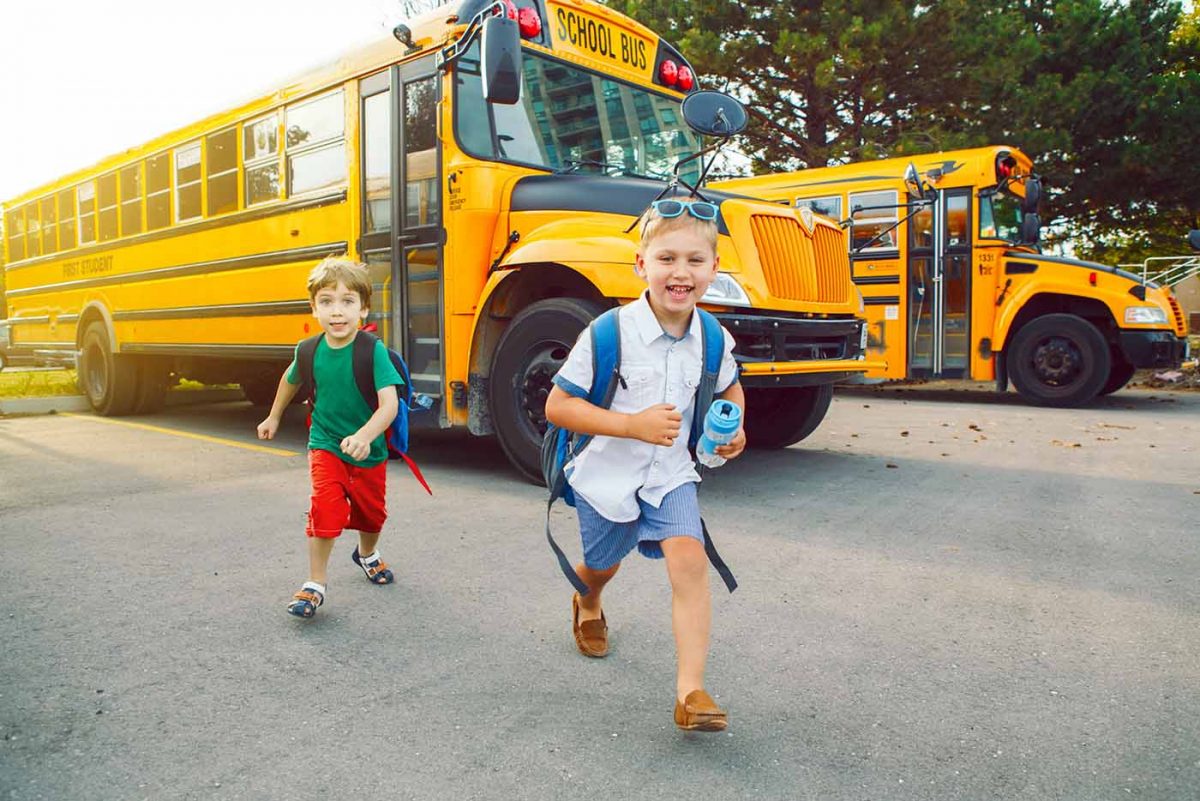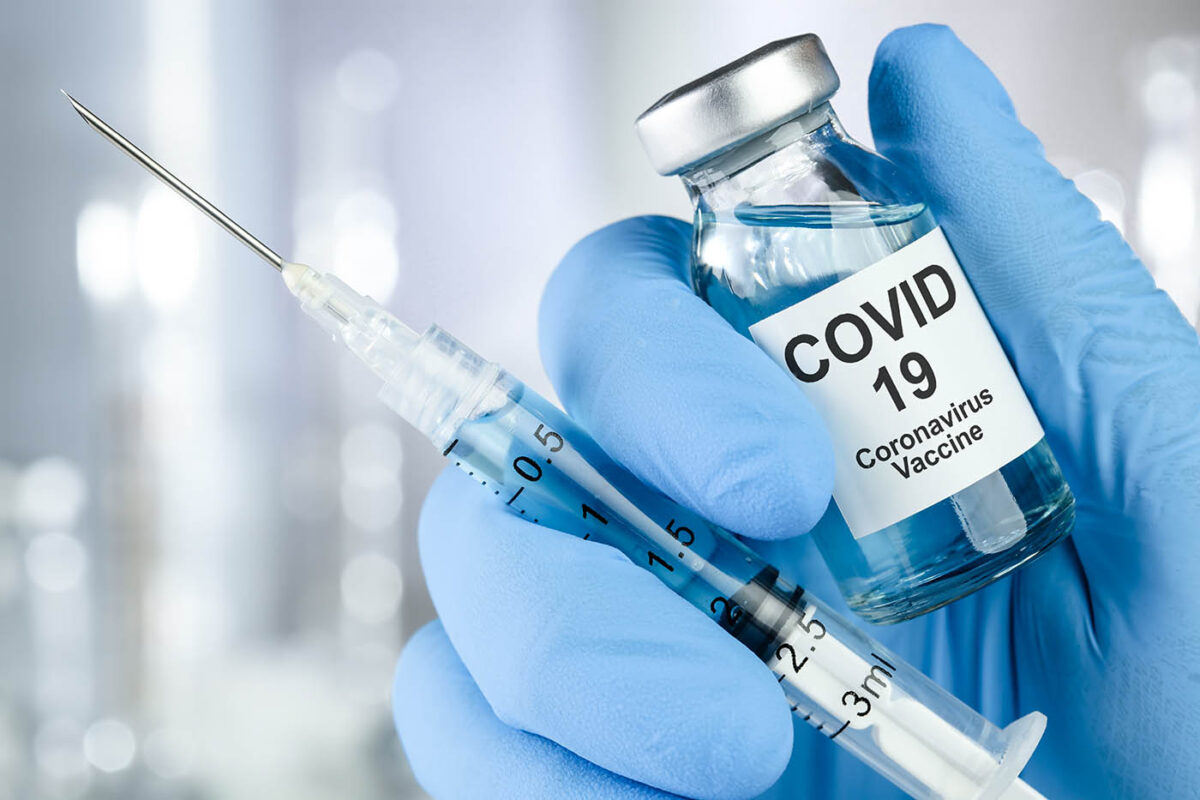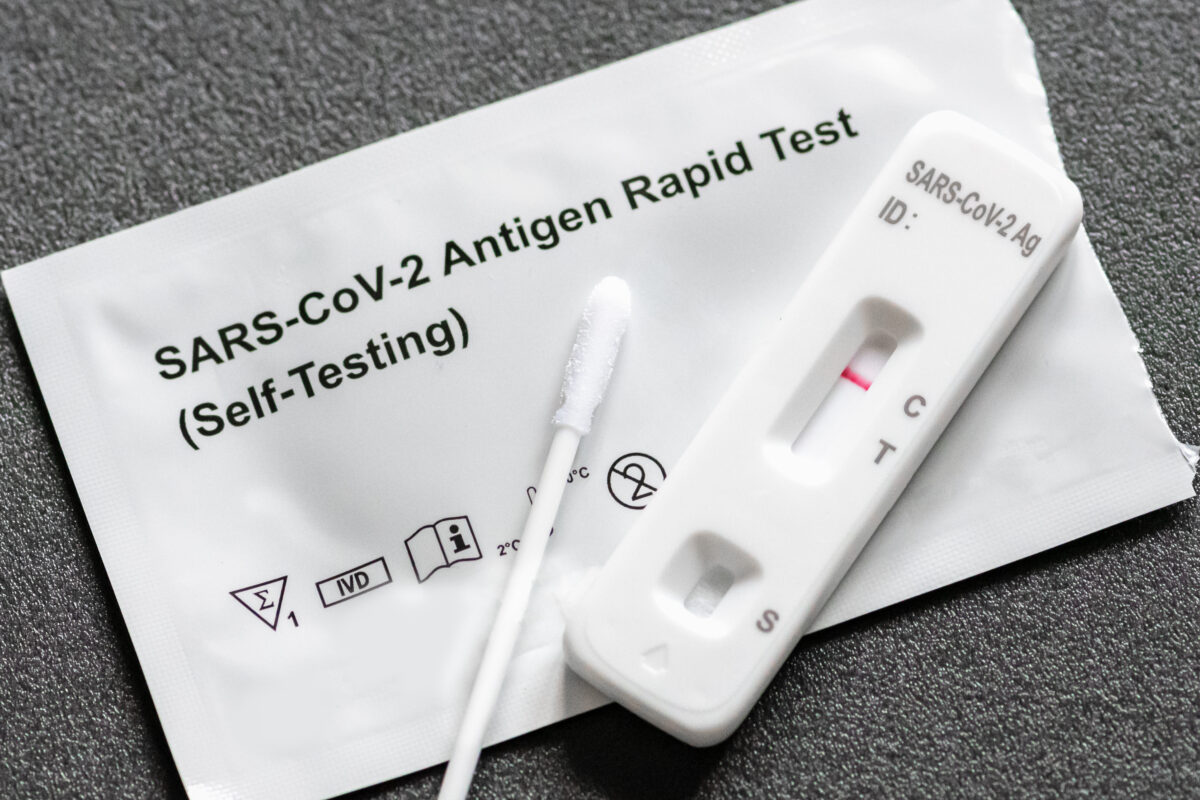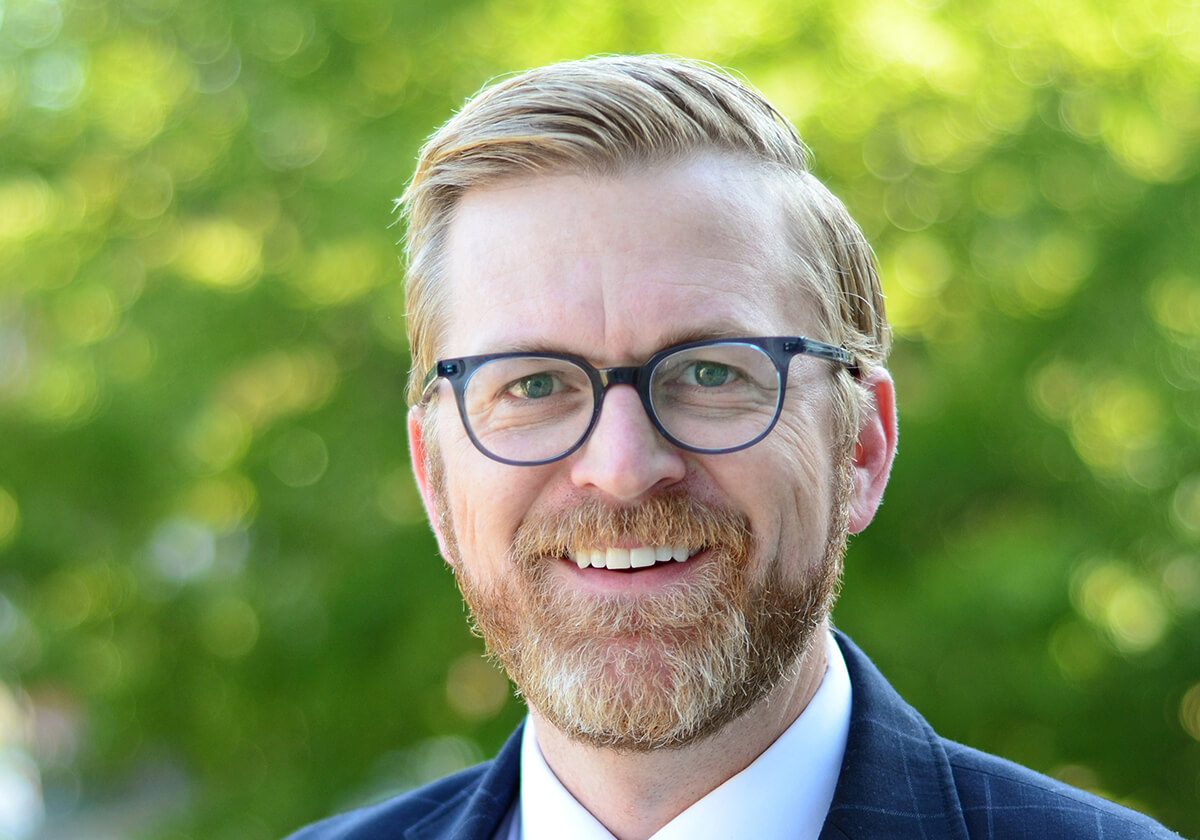
(Published April 16, 2020, in the Arkansas Democrat-Gazette.)
With the president’s one-time target of Easter to reopen the American economy now having passed, many governors, including Arkansas Gov. Asa Hutchinson, have emerged this week urging residents to stay the course on social distancing and other public health measures to combat the COVID-19 pandemic.
This comes as both state and federal health officials over the Easter weekend expressed optimism based on data showing a plateau of new positive cases in some of the hardest-hit areas ”• the proverbial “light at the end of the tunnel.”
The glimmer of that light has prompted questions about what a return to more normal conditions looks like, and how we might get there. Recognizing the eventual need to find this path, Gov. Hutchinson aptly turned to his tried-and-true method of addressing challenging, multifaceted policy decisions: He announced the formation of a covid-19 post-peak medical advisory group to provide guidance.
Nearly within an hour of this announcement, President Donald Trump announced his plan to convene a council to reopen America, with a membership devoid of medical or public health professionals. He also reiterated his position that it was his decision to “open up the states.” He backed down late Tuesday.
The disagreement over who is in charge of reopening the states provides an opportunity for a fascinating examination of our federal system, in which power is shared by both the state and federal governments, a compromise intended to reinforce the virtues and mitigate the shortcomings of both systems. It is rare in one’s lifetime ”• unique, I hope ”• to observe the shift in power that occurs during a public health crisis.
To put aside theory and be very clear, it is the governors who are conducting this train for now. And it is the governors ”• with some eyeing regional approaches–who will let us know whether it is prudent yet to relax certain public health measures and let people off the train or whether we are still in the tunnel.
The inherent public health authority of the states comes from the police powers granted in their constitutions and reserved to the states by the 10th Amendment of the U.S. Constitution. The very broad power of states to protect the public health by taking actions such as implementing quarantine, banning gatherings, and imposing restrictions on businesses is checked only by their own constitutional limitations, or by the courts if they infringe on fundamental civil liberties guaranteed by the U.S. Constitution. Indeed, the president is most powerful during times of foreign war, and governors are most powerful during public health emergencies.
The federal government’s authority during a public health emergency is limited, and its ability to act must be specified in the U.S. Constitution or federal statute, which is why a nationwide stay-at home order is not feasible. Nonetheless, during this time the federal government serves at least two critical roles on which states are dependent.
First, the federal government has the “power of the purse” to fiscally support states that are bound by balanced-budget requirements and debt-spending prohibitions. Second, the federal government is primarily responsible for facilitating the research community’s response to develop COVID-19 treatments and immunization.
These realities mean that governors cannot make public health decisions in a vacuum. And the president cannot reopen the economy without meaningful input and cooperation from the governors, despite claims of “total authority.”
The president and the governors must reject the notion that this has to be a choice between public health and economic health. The goals of both are inextricably intertwined, and recognition of this dynamic will keep us on the right track.
Craig Wilson, JD, MPA, is the director of health policy for the Arkansas Center for Health Improvement, an independent, nonpartisan health policy center in Little Rock.



